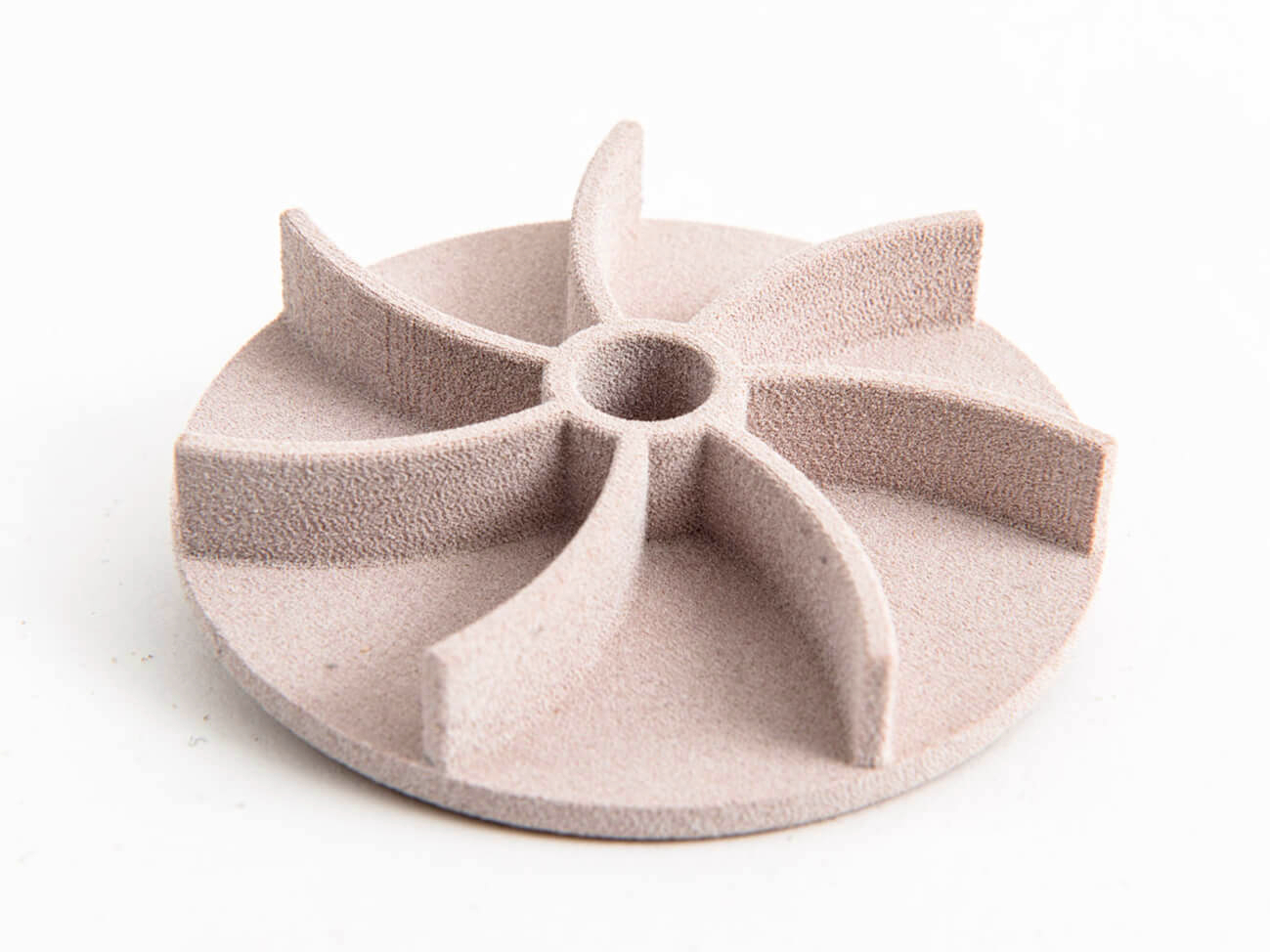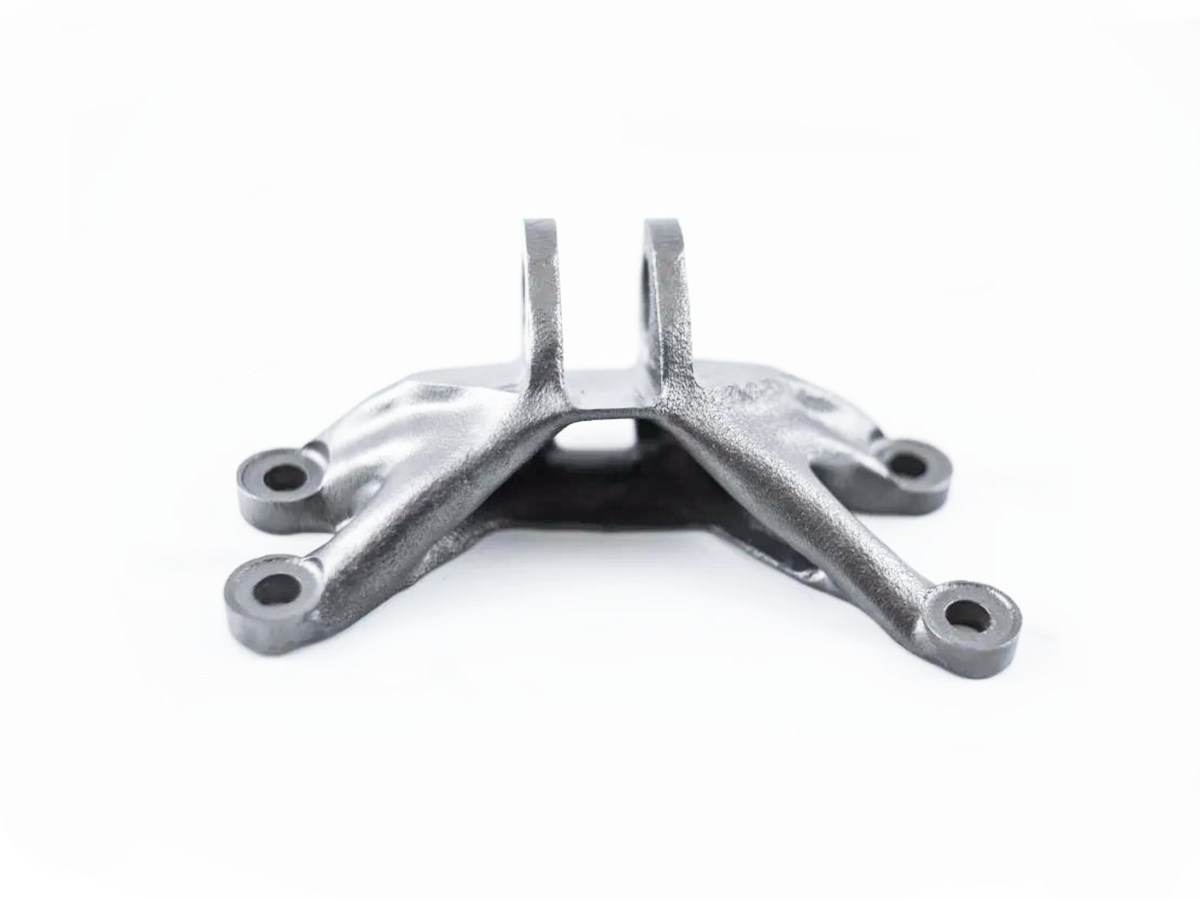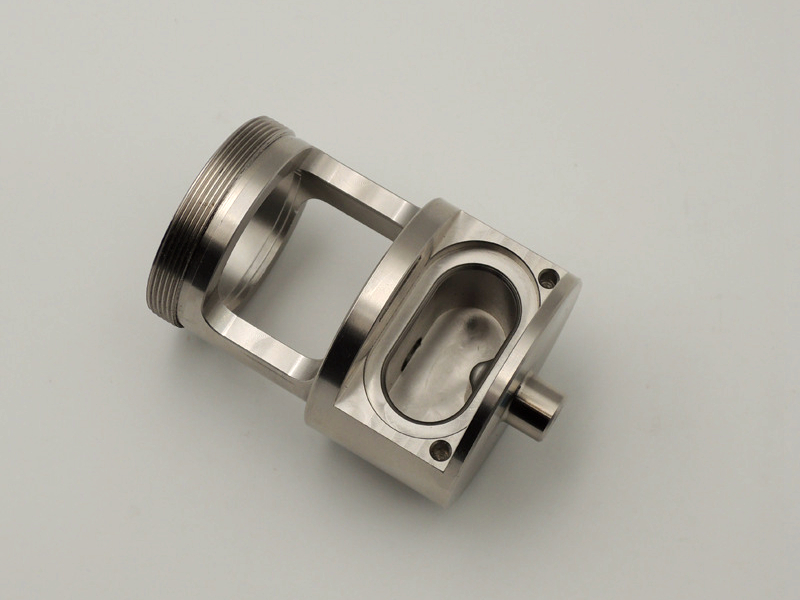Can metal SLS make complex parts with internal cavities, and how is powder removed?
From a manufacturing engineering perspective, the ability to produce complex parts with internal cavities is one of the most significant advantages of metal Selective Laser Sintering (SLS), also commonly known as Direct Metal Laser Sintering (DMLS) or Laser Powder Bed Fusion (LPBF). This capability fundamentally distinguishes it from traditional subtractive methods and even many other manufacturing processes.
The Capability for Unprecedented Complexity
Yes, metal SLS is exceptionally well-suited for creating parts with intricate internal cavities. The process builds components layer by layer, fusing metal powder with a laser. The surrounding unsintered powder naturally supports the part during the build, allowing for the manufacture of complex features such as internal channels, honeycomb lattices, undercuts, and hollow structures that would be impossible to machine or cast in a single operation. This is invaluable for applications requiring:
Conformal Cooling Channels: In injection molding or die-casting tools, DMLS 3D Printing can create cooling channels that perfectly follow the contour of the mold cavity, drastically reducing cycle times and improving part quality.
Lightweighting: Internal lattice structures in aerospace and aviation components reduce weight while maintaining structural stiffness.
Fluid Flow Optimization: Complex internal manifolds and nozzles with smooth, optimized pathways for fuel, air, or hydraulic fluid in automotive and power generation systems.
The Critical Process of Powder Removal
While the unsintered powder enables this complexity, its removal is a critical and often challenging post-processing step. The strategy for powder removal is a key part of the design phase.
Design for Powder Removal: The single most important factor is incorporating powder escape holes during the design stage. Internal cavities must be connected to the external surface via holes large enough to allow powder to flow out. The size and placement of these holes are critical; they must be strategically located at low points and junctions to facilitate complete evacuation.
Initial Depowdering: After the build is complete and the part is removed from the build platform, the bulk powder is manually removed. This is often done in a dedicated station equipped with tools such as brushes, picks, and compressed air. For complex parts, this initial stage can be time-consuming and requires care to avoid damaging delicate internal features.
Advanced Powder Removal Techniques: For intricate internal networks where powder can become trapped, more advanced methods are employed:
Ultrasonic Cleaning: The part is submerged in a solvent or cleaning solution and subjected to ultrasonic vibrations. The high-frequency sound waves create cavitation bubbles that agitate and dislodge trapped powder from internal surfaces. This is a standard and highly effective method.
Vibratory Tumbling: For some components, gentle vibratory tumbling with specialized media can help dislodge residual powder, although this is more commonly used for deburring and surface finishing of tougher parts.
Aggressive Methods: In some cases, techniques such as sandblasting or electropolishing can be employed, but these are typically final surface treatments and are less concerned with bulk powder removal.
Verification: Ensuring complete powder removal is crucial, especially for components such as fluid manifolds. Techniques such as borescope inspection or even X-ray computed tomography (CT scanning) may be used to verify that internal passages are completely clear.
Engineering Guidelines and Limitations
Hole Size and Accessibility: There is a practical limit to how small a powder escape hole can be. Very fine holes can become clogged and may not allow powder to flow freely. Designing with the largest possible escape holes is always recommended.
Risk of Trapped Powder: Despite best efforts, poorly designed internal cavities with "island" volumes or long, narrow, and tortuous paths can permanently trap powder. This can add unwanted mass, affect thermal properties, or lead to contamination during service.
Post-Processing Integration: Powder removal is just one step. These parts often still require heat treatment for stress relief and improved properties, and critical surfaces may need to be finished via CNC Machining to achieve precise tolerances.
In summary, metal SLS is unparalleled in its ability to manufacture parts with complex internal geometries. However, this capability is contingent upon a design-for-manufacturability (DFM) approach that prioritizes powder removal, and a post-processing workflow that rigorously ensures internal cavities are clean and clear for the part's intended function.



